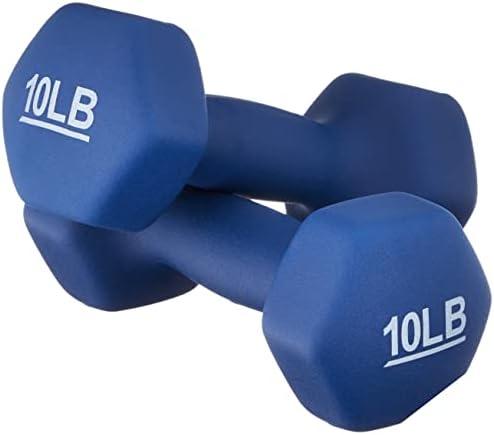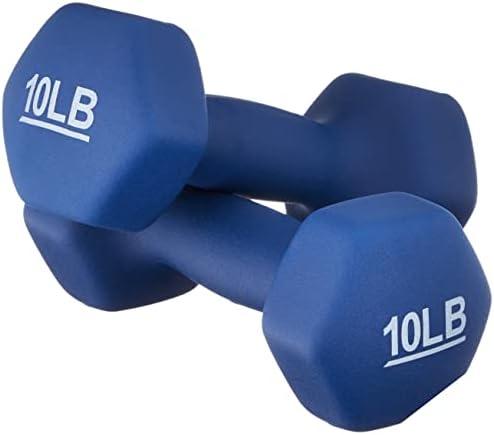In a bustling gym, Sarah watched as her friend Jake approached the weights with determination. He picked up a pair of dumbbells,palms facing each othre,and began to perform a hammer curl. With each lift, his biceps flexed, and the rhythm of his movements drew curious glances. “What’s that?” she asked. Jake smiled, explaining, “It’s a hammer curl! It targets the biceps and forearms, building strength and stability.” Inspired, Sarah grabbed her own weights, eager to join him. Together, they discovered the power of this simple yet effective exercise.
Table of Contents
- Understanding the Hammer Curl: A Comprehensive Overview
- Muscle Groups targeted by Hammer Curls and Their benefits
- Perfecting Your Technique: Step-by-Step Guide to Hammer Curls
- Incorporating Hammer Curls into Your Workout routine for Optimal Results
- Q&A
Understanding the Hammer Curl: A Comprehensive Overview
The hammer curl is a popular strength training exercise that primarily targets the biceps, but it also engages the forearms and shoulders. Unlike customary bicep curls, where the palms face upward, the hammer curl features a neutral grip, with the palms facing each other. This unique hand position not only enhances muscle engagement but also reduces the risk of wrist strain, making it an excellent choice for individuals looking to build arm strength safely.
One of the key benefits of incorporating hammer curls into your workout routine is their ability to promote balanced muscle development. By working the brachialis and brachioradialis muscles, which lie beneath the biceps, this exercise helps create a fuller appearance in the upper arm. Additionally,the hammer curl can improve grip strength,which is essential for various daily activities and other weightlifting exercises.
To perform a hammer curl effectively, follow these steps:
- Stand with your feet shoulder-width apart, holding a dumbbell in each hand.
- Keep your elbows close to your torso and your palms facing each other.
- Slowly curl the weights upward while maintaining the neutral grip, ensuring your elbows remain stationary.
- Pause briefly at the top of the movement, then lower the weights back to the starting position in a controlled manner.
Incorporating variations of the hammer curl can further enhance your training regimen. Consider trying the seated hammer curl for increased stability or the cross-body hammer curl to target the muscles from different angles. Additionally, using resistance bands or cables can provide a unique challenge and help prevent workout monotony. By understanding the mechanics and benefits of this exercise, you can effectively integrate it into your fitness routine for optimal results.
Muscle Groups Targeted by Hammer Curls and Their Benefits
Hammer curls are a fantastic exercise that primarily targets the **brachialis**,a muscle located underneath the biceps. By engaging this muscle, hammer curls help to enhance the overall size and definition of the upper arm. As the brachialis grows stronger, it pushes the biceps up, creating a fuller appearance. This is especially beneficial for those looking to improve their arm aesthetics and strength.
Along with the brachialis, hammer curls also work the **brachioradialis**, a key muscle in the forearm. This muscle plays a crucial role in elbow flexion and contributes to grip strength. By incorporating hammer curls into your routine, you not only build your biceps but also enhance your forearm strength, which can be advantageous for various sports and daily activities that require a strong grip.
Another notable benefit of hammer curls is their ability to engage the **biceps brachii**. While traditional curls primarily focus on the outer head of the biceps, hammer curls provide a more balanced workout by targeting both the inner and outer heads. This comprehensive engagement leads to improved muscle symmetry and can help prevent imbalances that may arise from overtraining one area.
Lastly, hammer curls promote **joint stability** and overall arm functionality. By strengthening the muscles around the elbow joint, this exercise can help reduce the risk of injuries during other physical activities. Additionally, the neutral grip used in hammer curls is often more comfortable for individuals with wrist issues, making it a versatile option for those looking to build arm strength without discomfort.
Perfecting Your technique: Step-by-Step Guide to Hammer Curls
To master the hammer curl, begin by selecting the appropriate weights. It’s essential to choose a weight that challenges you but still allows for proper form throughout the exercise. **Dumbbells** are the most common choice, but you can also use kettlebells or resistance bands. Start with a lighter weight if you’re new to this exercise, gradually increasing as your strength improves.
Next, stand with your feet shoulder-width apart, ensuring your posture is upright. **Engage your core** to maintain stability and prevent any unnecessary strain on your back. Hold a dumbbell in each hand with your arms fully extended at your sides, palms facing your body. this grip is what sets the hammer curl apart from other bicep exercises,targeting the brachialis and brachioradialis muscles effectively.
As you begin the movement, **inhale deeply** and slowly curl the weights upward. Keep your elbows close to your torso and avoid swinging your arms. The motion should be controlled and purposeful,focusing on the contraction of your biceps. Aim to lift the dumbbells until your forearms are vertical, ensuring that your wrists remain neutral throughout the exercise.
**exhale** as you lower the weights back to the starting position. This eccentric phase is just as significant as the lifting phase, as it helps build strength and muscle endurance. Repeat the movement for your desired number of repetitions, typically between 8 to 12 for muscle growth. Remember to maintain proper form and control throughout the exercise to maximize its effectiveness and minimize the risk of injury.
Incorporating Hammer Curls into Your Workout Routine for Optimal Results
Hammer curls are a fantastic addition to any strength training regimen, primarily targeting the biceps and forearms. By using a neutral grip—where your palms face each other—you engage not only the biceps brachii but also the brachialis and brachioradialis muscles. This unique grip allows for a more comprehensive workout, promoting balanced muscle development and enhancing grip strength.
To effectively incorporate hammer curls into your routine, consider the following tips:
- Start with proper form: Stand with your feet shoulder-width apart, holding a dumbbell in each hand. Keep your elbows close to your torso and curl the weights up while maintaining the neutral grip.
- Vary your sets and reps: For muscle growth, aim for 3-4 sets of 8-12 repetitions. For endurance, consider higher reps with lighter weights.
- Combine with other exercises: pair hammer curls with compound movements like bench presses or rows to maximize your workout efficiency and overall strength.
Incorporating hammer curls into your workout can also help prevent muscle imbalances. Many lifters focus heavily on traditional bicep curls, which can lead to overdeveloped biceps at the expense of the forearms. By adding hammer curls, you ensure that all muscle groups in your arms are being trained equally, which can improve your overall performance in various physical activities.
Lastly, consider the frequency of your workouts. Aim to include hammer curls in your routine 1-2 times per week, allowing adequate recovery time between sessions. This approach not only promotes muscle growth but also helps in preventing overuse injuries. Remember, consistency is key to achieving optimal results, so make hammer curls a staple in your arm training regimen.
Q&A
-
What is a hammer curl?
A hammer curl is a strength training exercise that targets the biceps and forearms. It involves lifting weights with a neutral grip, where the palms face each other, mimicking the motion of using a hammer.
-
What muscles do hammer curls work?
Hammer curls primarily engage the biceps brachii,brachialis,and brachioradialis. This combination helps build overall arm strength and size.
-
How do you perform a hammer curl correctly?
To perform a hammer curl:
- Stand with your feet shoulder-width apart.
- Hold a dumbbell in each hand with your palms facing your body.
- Keep your elbows close to your torso and curl the weights up towards your shoulders.
- Lower the weights back to the starting position in a controlled manner.
-
How frequently enough should you include hammer curls in your workout?
Incorporate hammer curls into your routine 1-3 times per week, allowing for rest days in between to promote muscle recovery and growth.
the hammer curl is more than just a bicep exercise; it’s a versatile movement that enhances strength and stability. Incorporate it into your routine for balanced arm development and to unlock your full fitness potential. Happy lifting!

大家好,我是彼得潘,專業的手法身體治療師。我喜歡探索和研究各種主題,並透過與人工智慧的合作分享專業、實用、有趣的文章。我們定期進行人工審核,以確保內容的準確性。如果您發現文章中有任何不準確的地方,請隨時與我們聯繫,我們會及時糾正。您可以透過 [email protected] 與我們聯繫。



